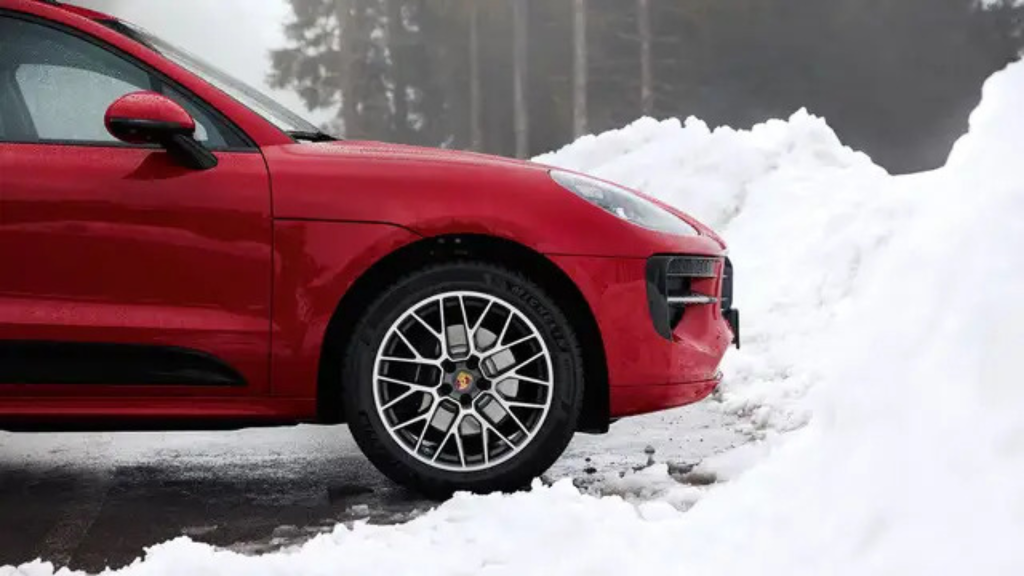When winter approaches and the roads turn cold and icy, it’s time to think about snow tires. But when exactly should you make the switch? Follow the guidance below to know exactly when to put winter tires on your car. And if you’re still in doubt, you can always ask for guidance at Porsche Monmouth.

Does Your Porsche Need Winter Tires?
It All Depends on the Temperature
As temperatures vary so much across the nation, there’s no exact time of year when all drivers should change to snow tires. It’s far more logical to make the decision based on actual temperatures.
When the average daily temperature in your town falls to 45 degrees Fahrenheit, it’s time to change your tires. At this level of coldness, the rubber of summer and even all-season tires becomes too hard and brittle to flex and grip the road optimally. Also, wet patches of the road can start turning icy overnight when the weather becomes that cold.
The Start of November in New Jersey
In New Jersey, the average daily temperature doesn’t usually drop below 45 degrees until about mid-November. So this would be an optimal time for most drivers to have snow tires installed. However, keep an eye on the actual daily temperature each year, as the cold can sometimes arrive a few weeks earlier.
Consider What Time of Day You Usually Drive
It’s also worth considering what time of the day or night you usually drive. If you only drive while the sun’s high in the sky, then your normal driving conditions will be much warmer than if you usually drive at night or very early in the morning.
That means you can probably safely leave it a bit later before changing your tires. By contrast, early birds might want to have their snow tires put on a week or two earlier than other drivers.
Why Snow Tires Grip Wintry Roads So Firmly
The rubber used to make snow tires is a special compound that remains suitably flexible even in freezing temperatures. This rubber is also slightly more pliable and flexible in general than that of summer tires. This extra flexibility means more of the tire’s surface area stays in contact with the road surface, creating better traction.
On top of this, the treads of snow tires are specially designed to handle packed snow and ice better. The treads have larger voids between them, into which crushed snow can flow before being thrown out behind the wheel. This lets the actual tread blocks stay closer to the road while driving over packed snow. The more jagged shapes of snow tire treads also help them to cut into snow and ice more easily.
Have snow tires installed on your car today at Porsche Monmouth. We’re a local full-service dealership offering an advanced maintenance and service department with highly skilled and experienced technicians ready to solve all your Porsche-related issues, whatever they may be.
